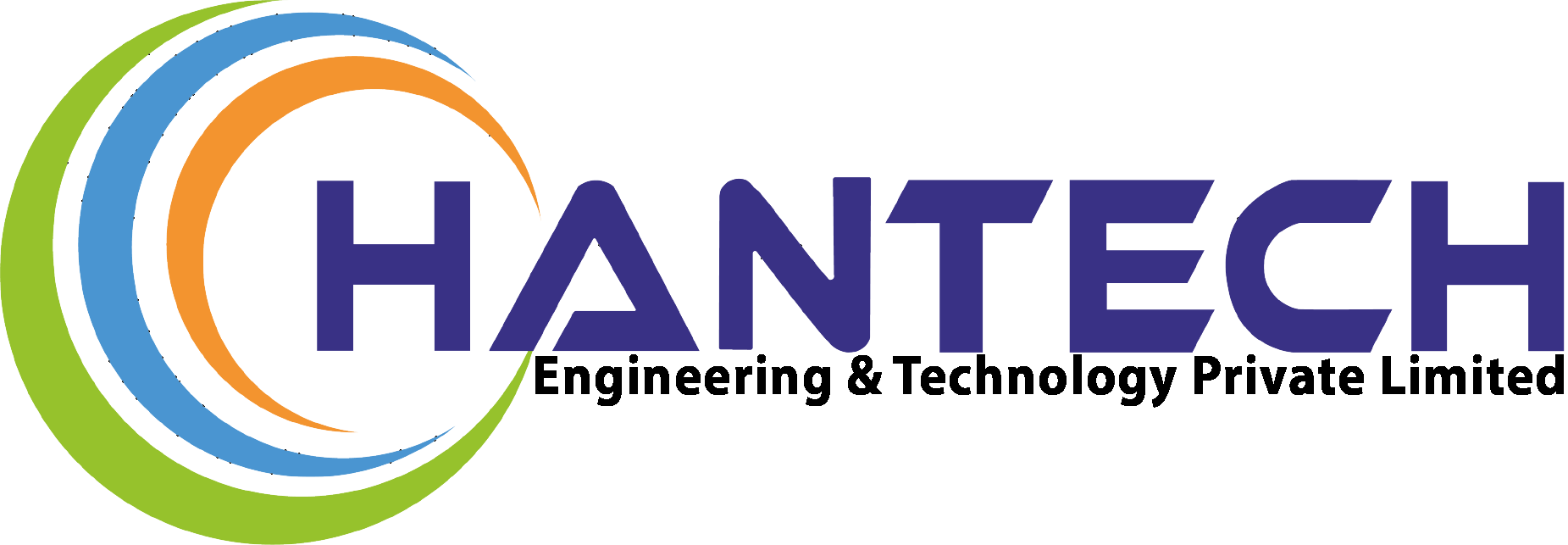Utility Network Data Capturing:
- Involves digitizing information on map attributes, facilities, assets, and organizational data for GIS systems.
- Primary techniques use remote sensing and surveying for raster or vector data capture.
- Secondary techniques include scanning, manual digitizing, vectorization, and photogrammetry.
- Services include thematic maps creation, capturing electrical power networks, navigation data, land records, and utility infrastructure.
Annotation and Labeling:
Annotation and labeling are essential components of Geographic Information Systems (GIS) that enhance the readability, usability, and understanding of maps. They provide textual information to identify features, guide navigation, and convey additional context.
- Annotated and labeled map: Final product with annotations and navigation labels.
- Data files: Geographic features, attributes, and labeling information.
- Style files: Fonts, sizes, colors, and placement.
- Metadata: Purpose, scale, projection, and data sources.
- Documentation: Methodology for annotation and labeling.
Topographic MAP (Zoning & Contouring):
- Topo maps display elevation, natural features, hydrography, and infrastructure in a large-scale format.
- Adds a third dimension to maps, useful for geographic research and environmental impact assessments.
- Zoning and contouring help define land use designations and are essential for planning and development.
Zoning MAP (Digitization):
- Involves digitizing zoning information maintained by planning departments.
- IMAPS provides access to tax data and regulatory information for areas within a city’s jurisdiction.
- Expert team for zoning map digitization.
Geological MAP (Digitization):
- Digital geologic mapping observes, analyses, and records geological features in the field, displayed in real-time on a computer.
- Benefits include reduced errors, faster data entry, direct database input with GIS capabilities, and immediate data analysis
Hydrogeological MAP:
- Hydrogeological mapping gathers geological information to create a three-dimensional depiction of subsurface materials and groundwater movement.
- Identifies permeability of geologic units to understand groundwater flow.
Ground Cadastral MAP (Digitization):
- Digitization of cadastral maps involves acquiring vector data from existing analogue maps.
- Provides information on land ownership, extent of land, and roads in the village
Digital Terrain Model:
- DTM/DEM is a three-dimensional representation of the earth’s surface, focusing on height without considering objects.
- Used for mapping, landscape process forecasting, territorial planning, building design, construction, environmental modelling, reservoir relief modelling, and GIS applications


